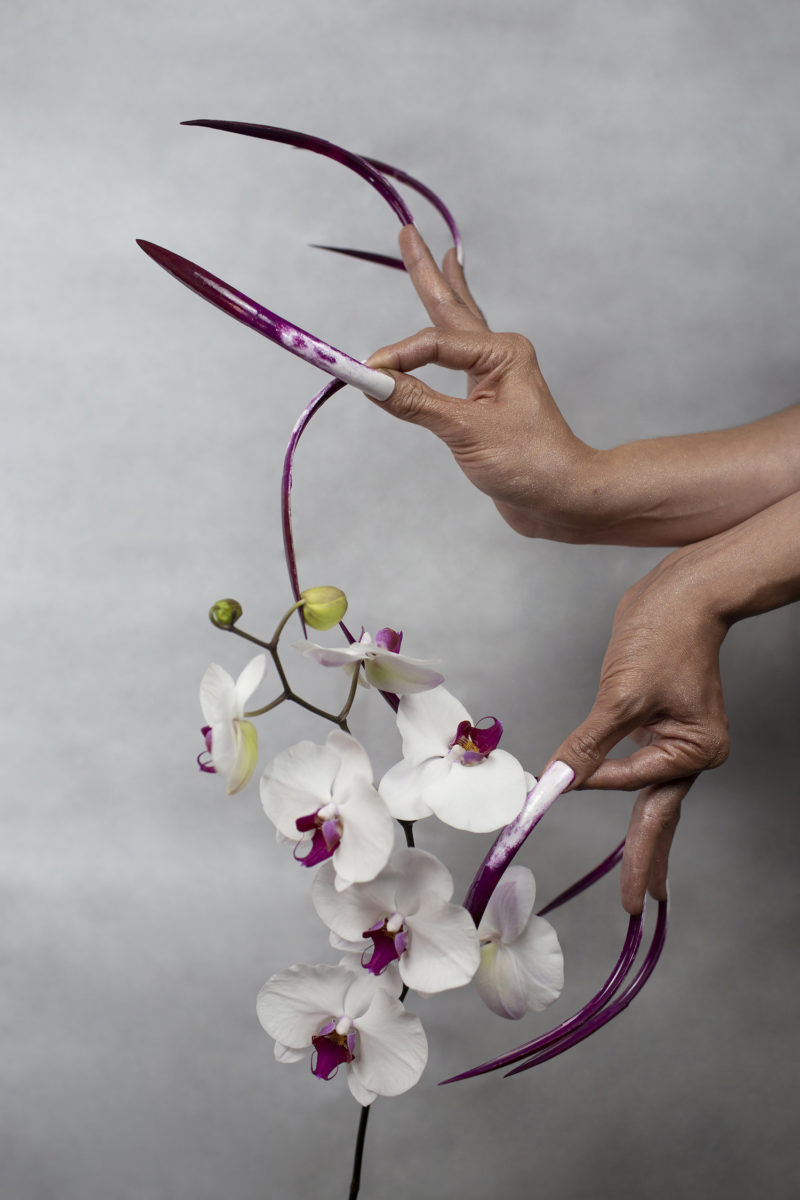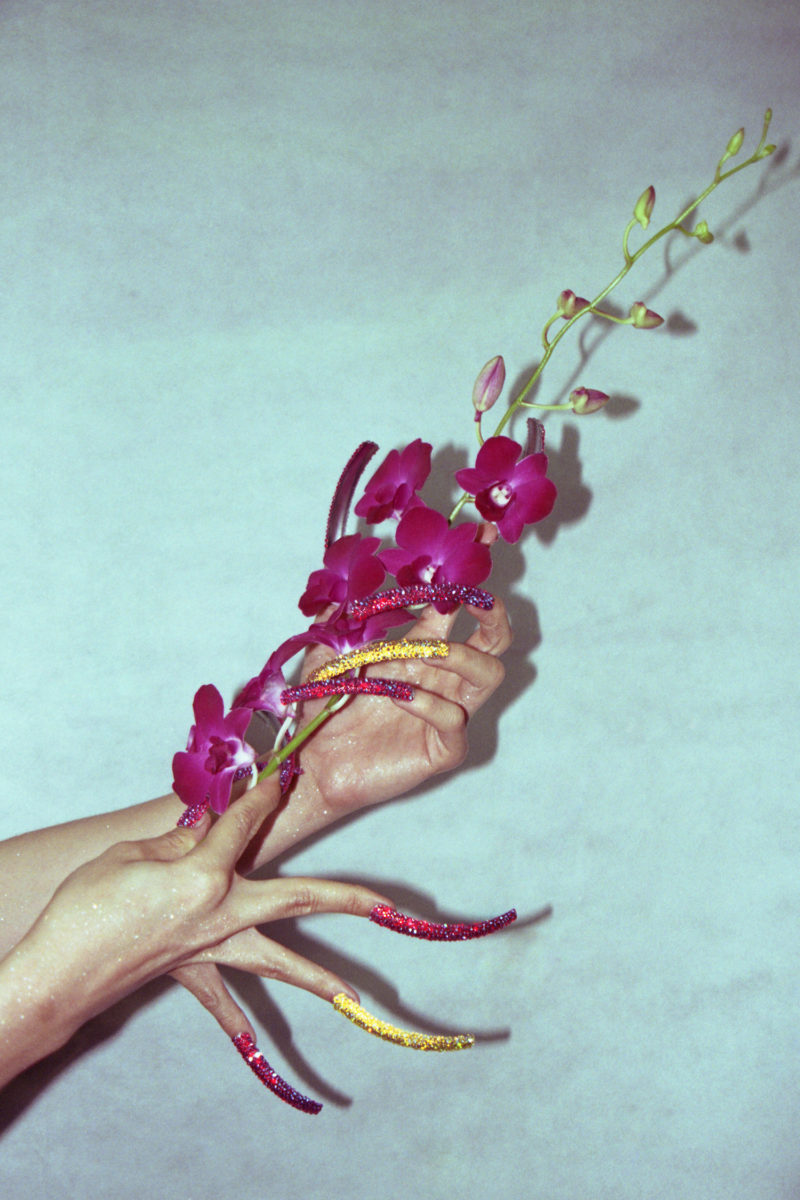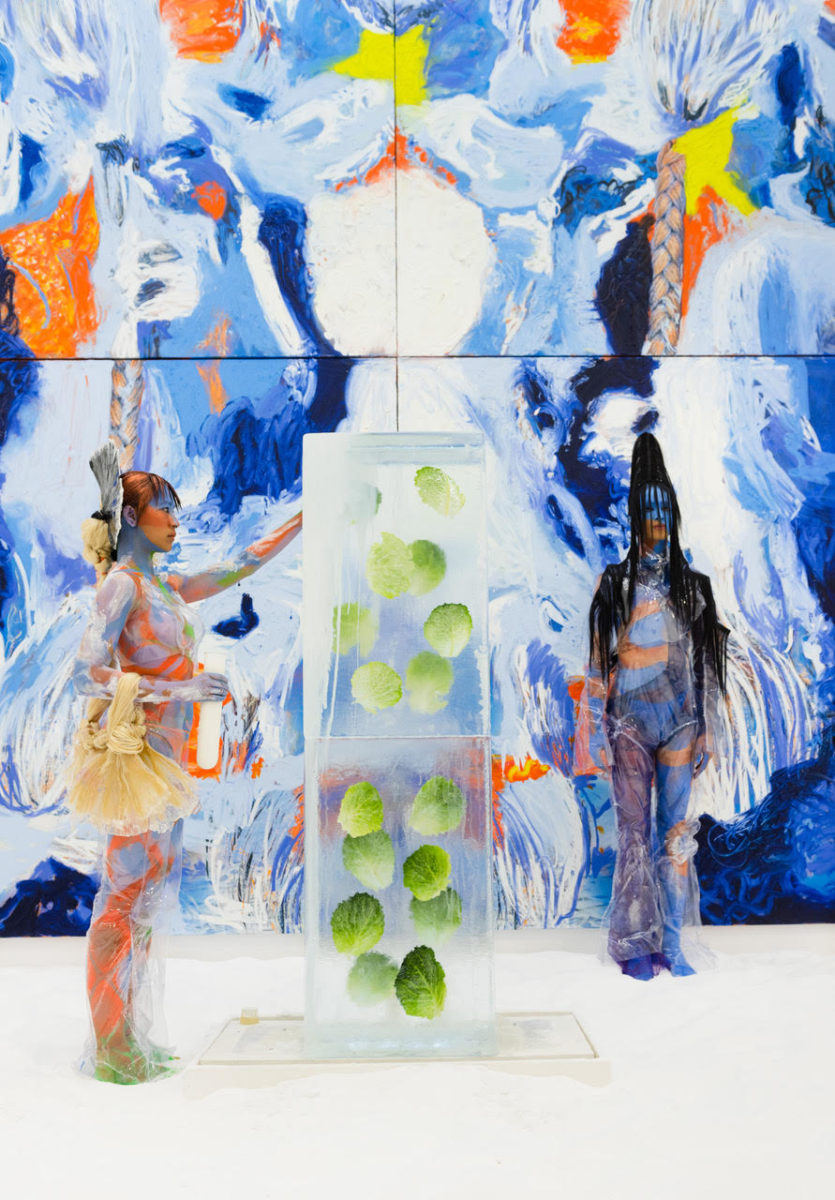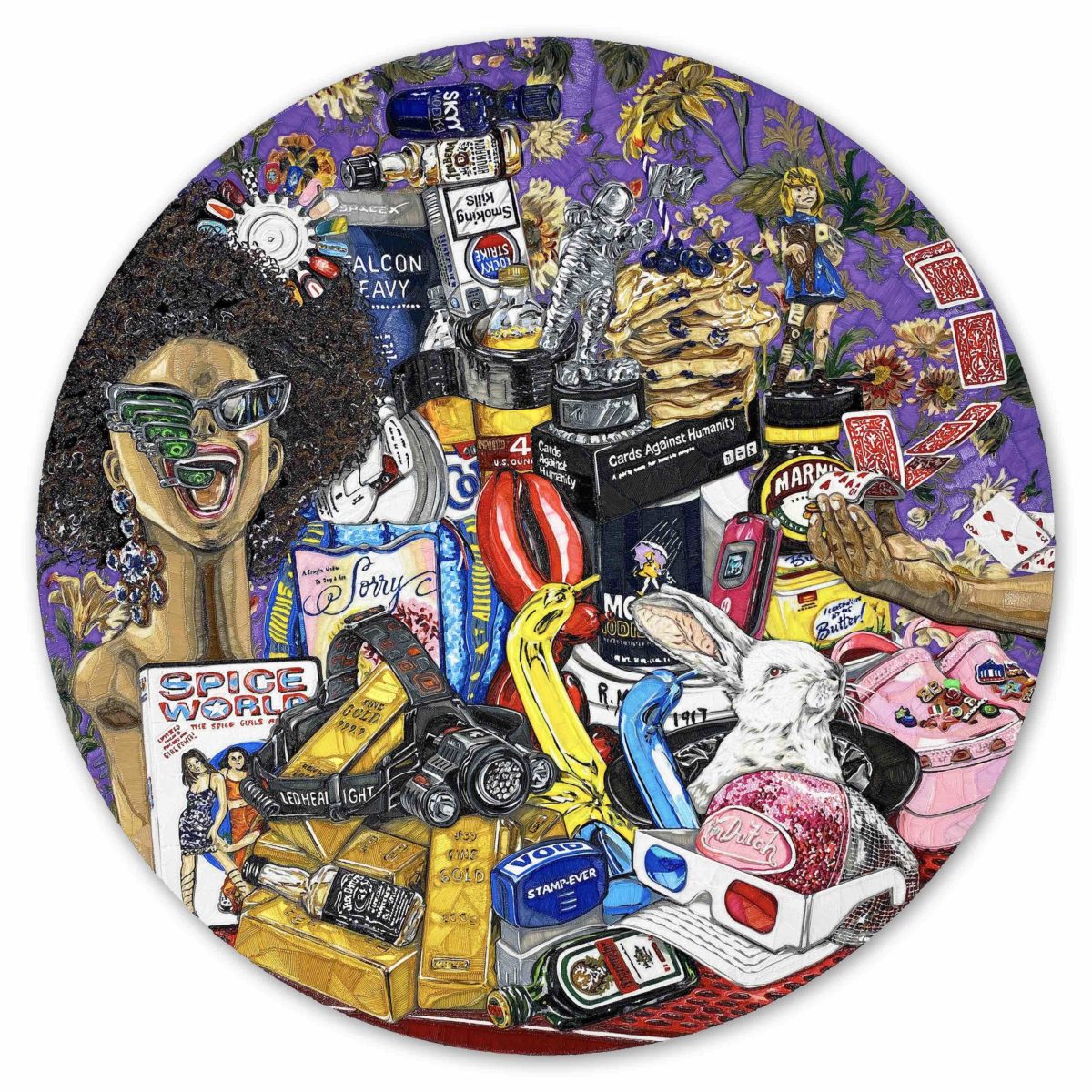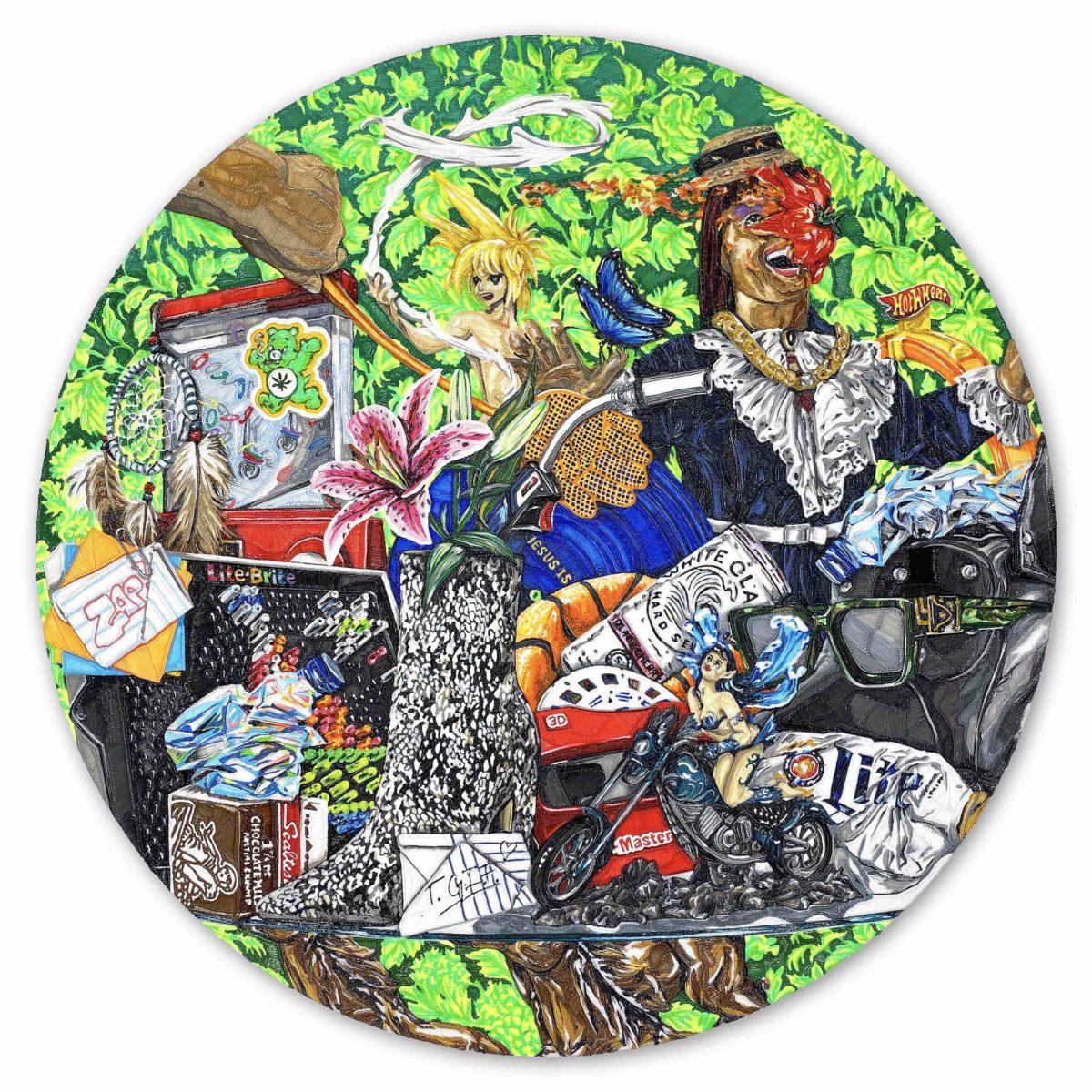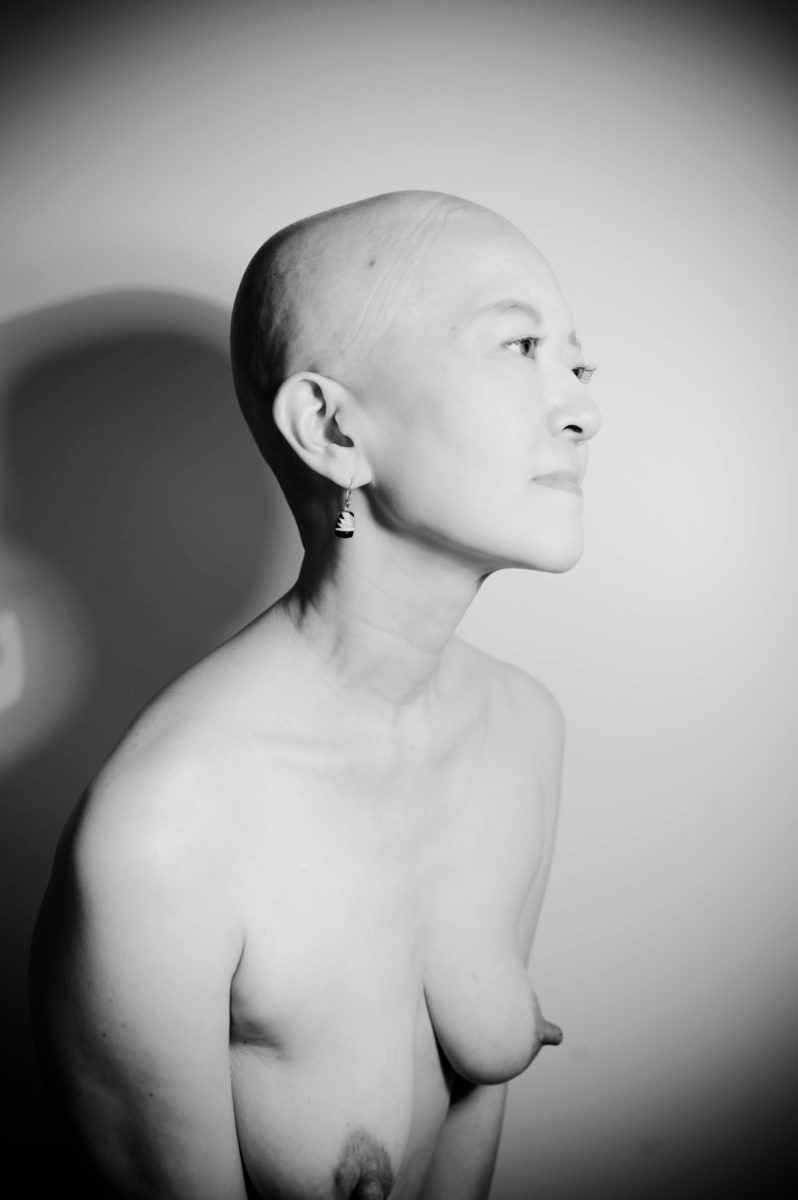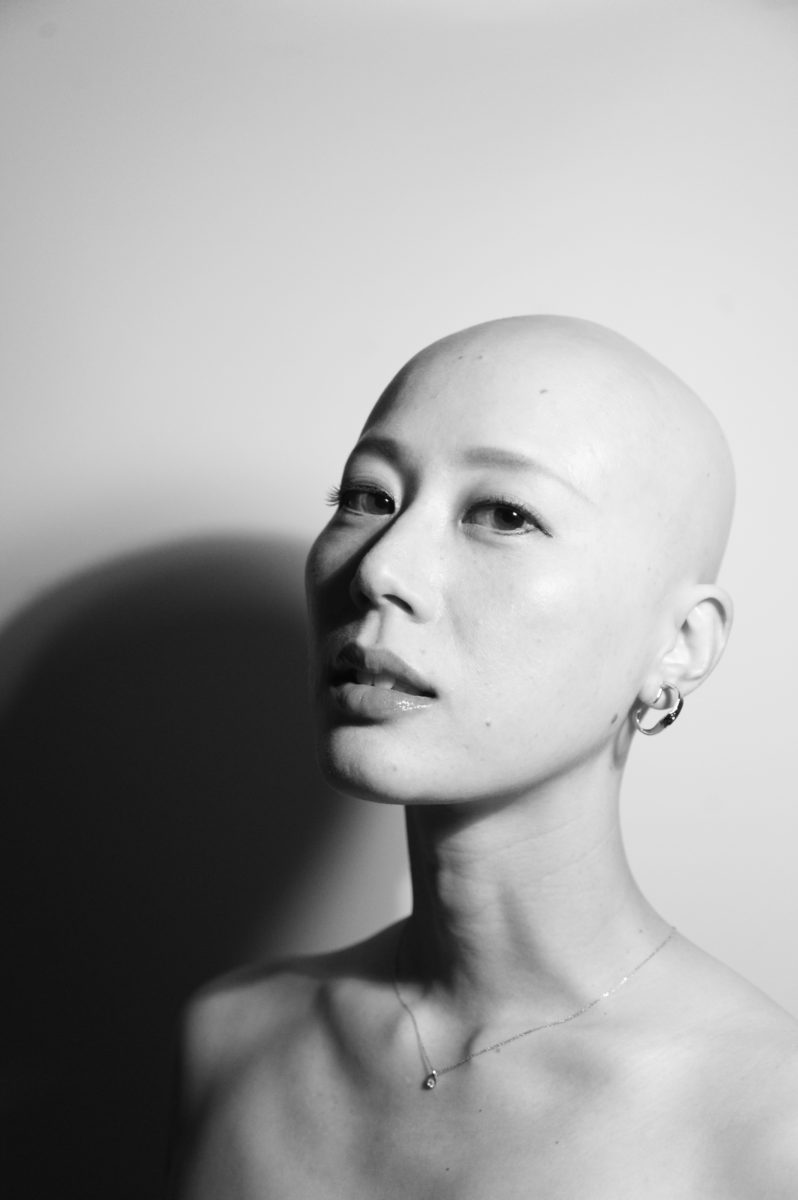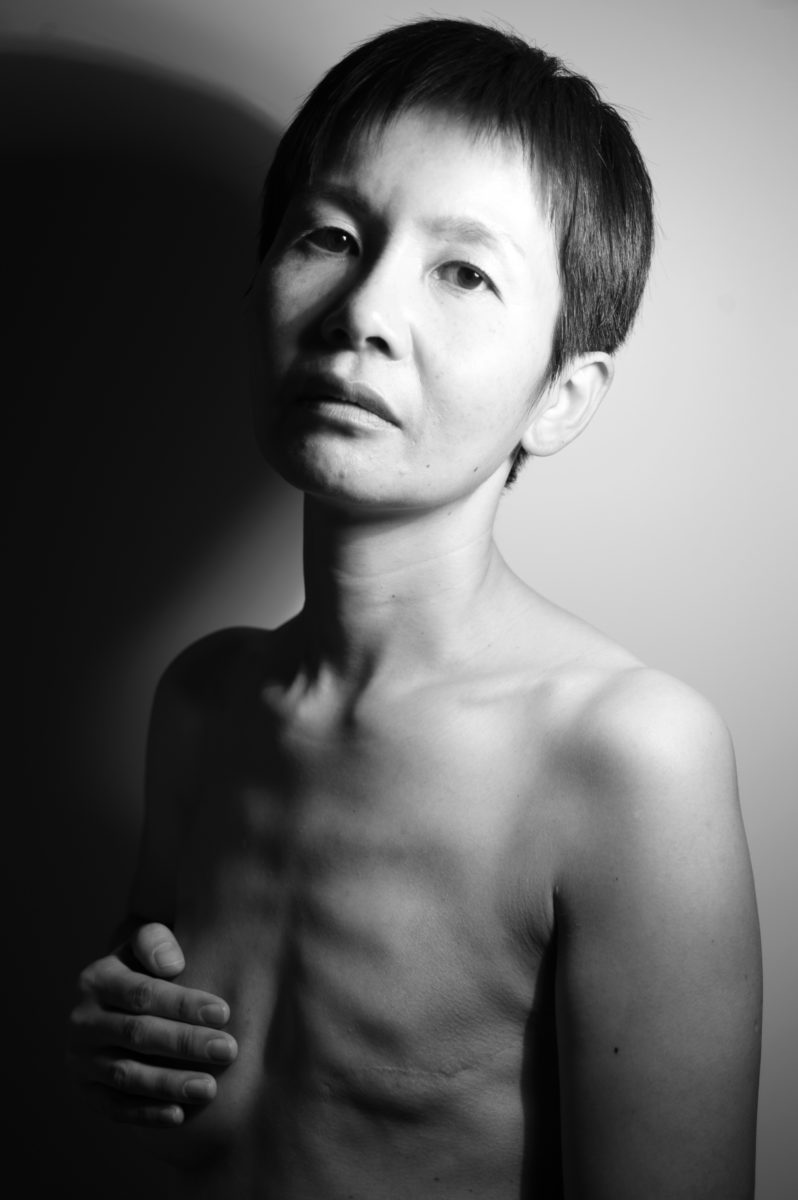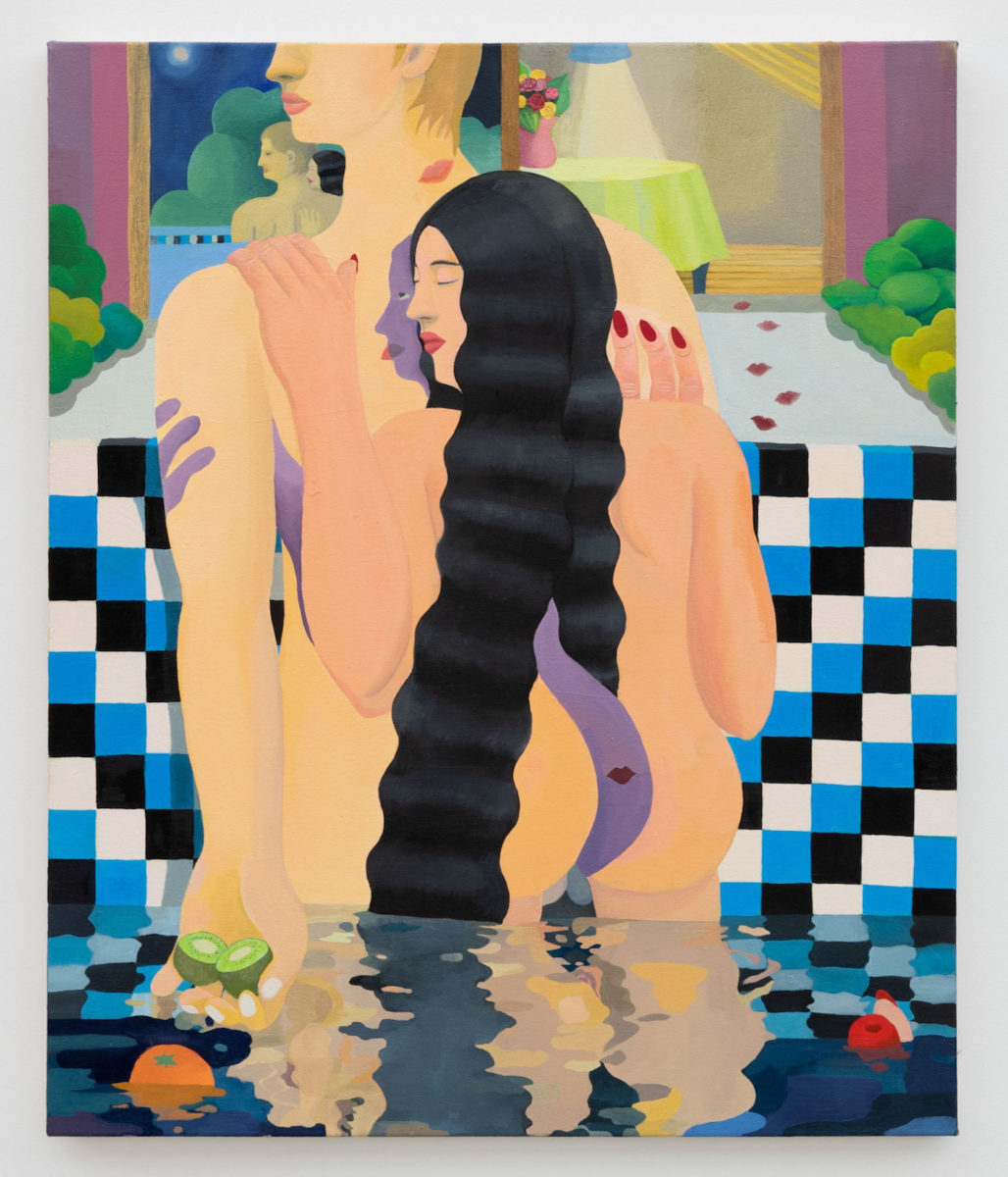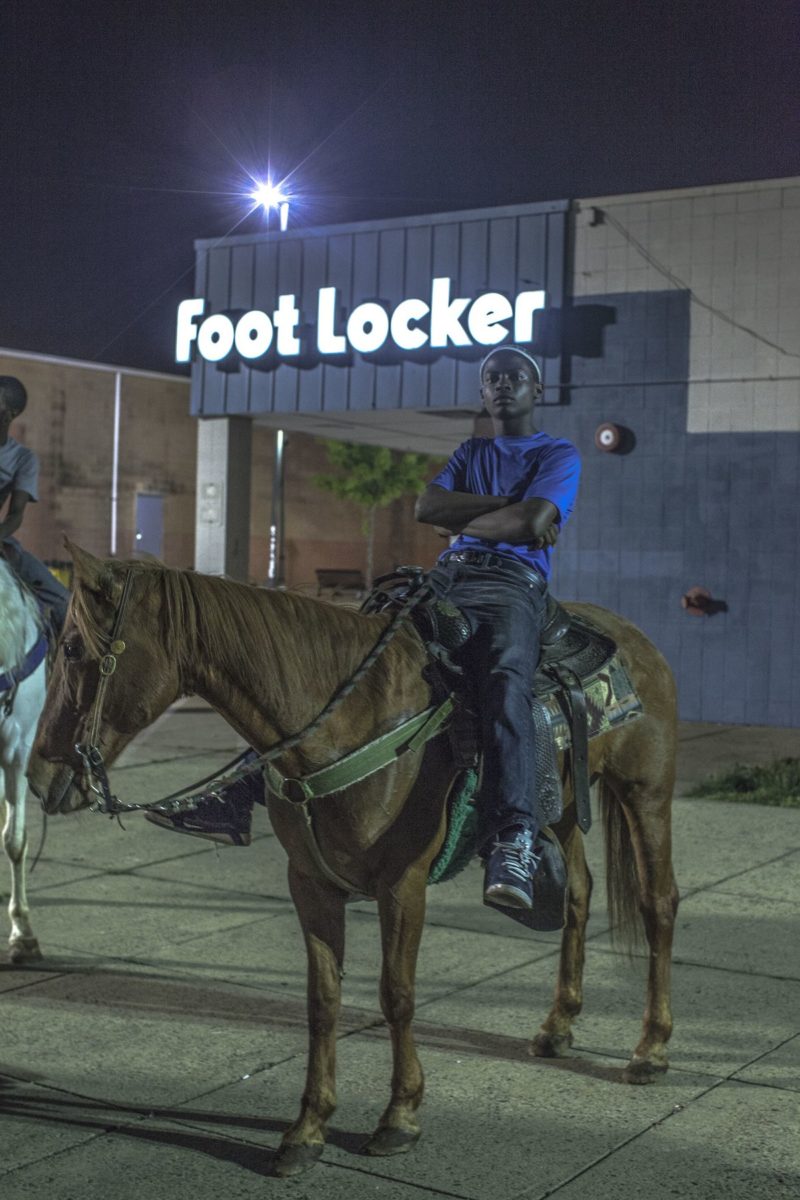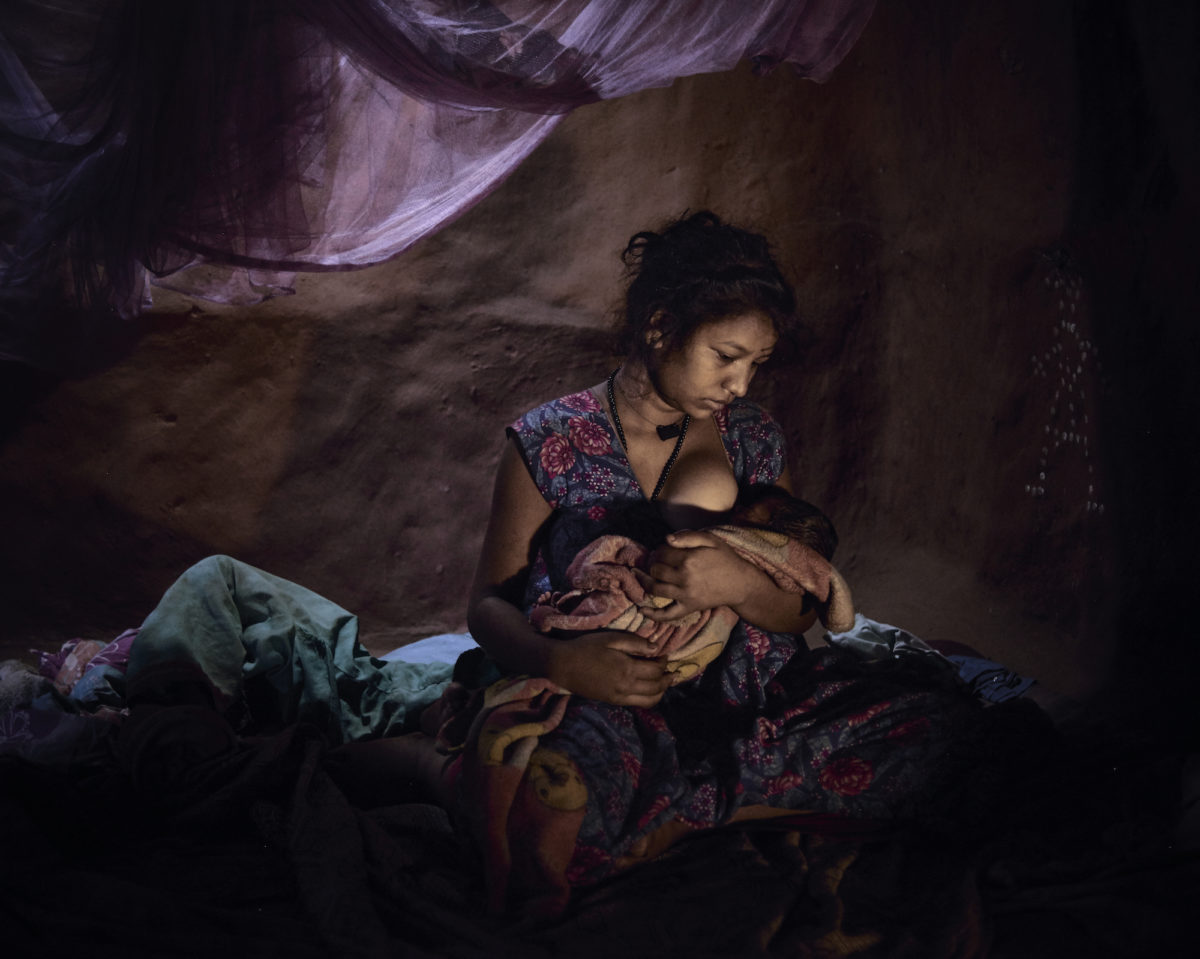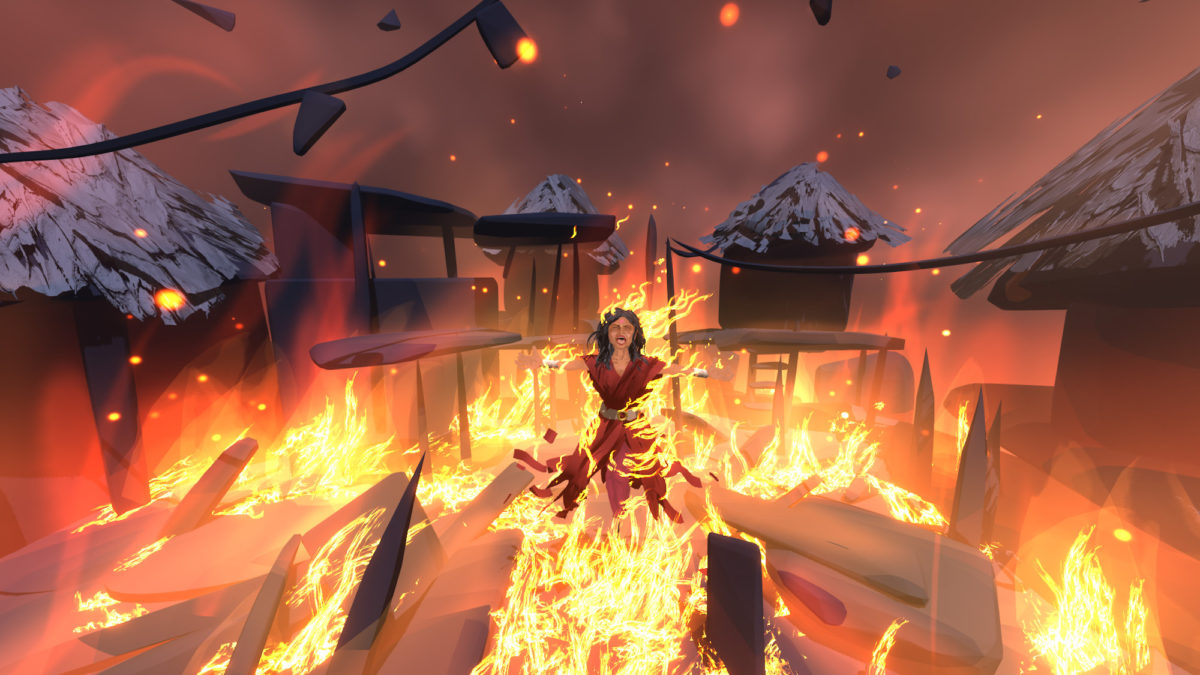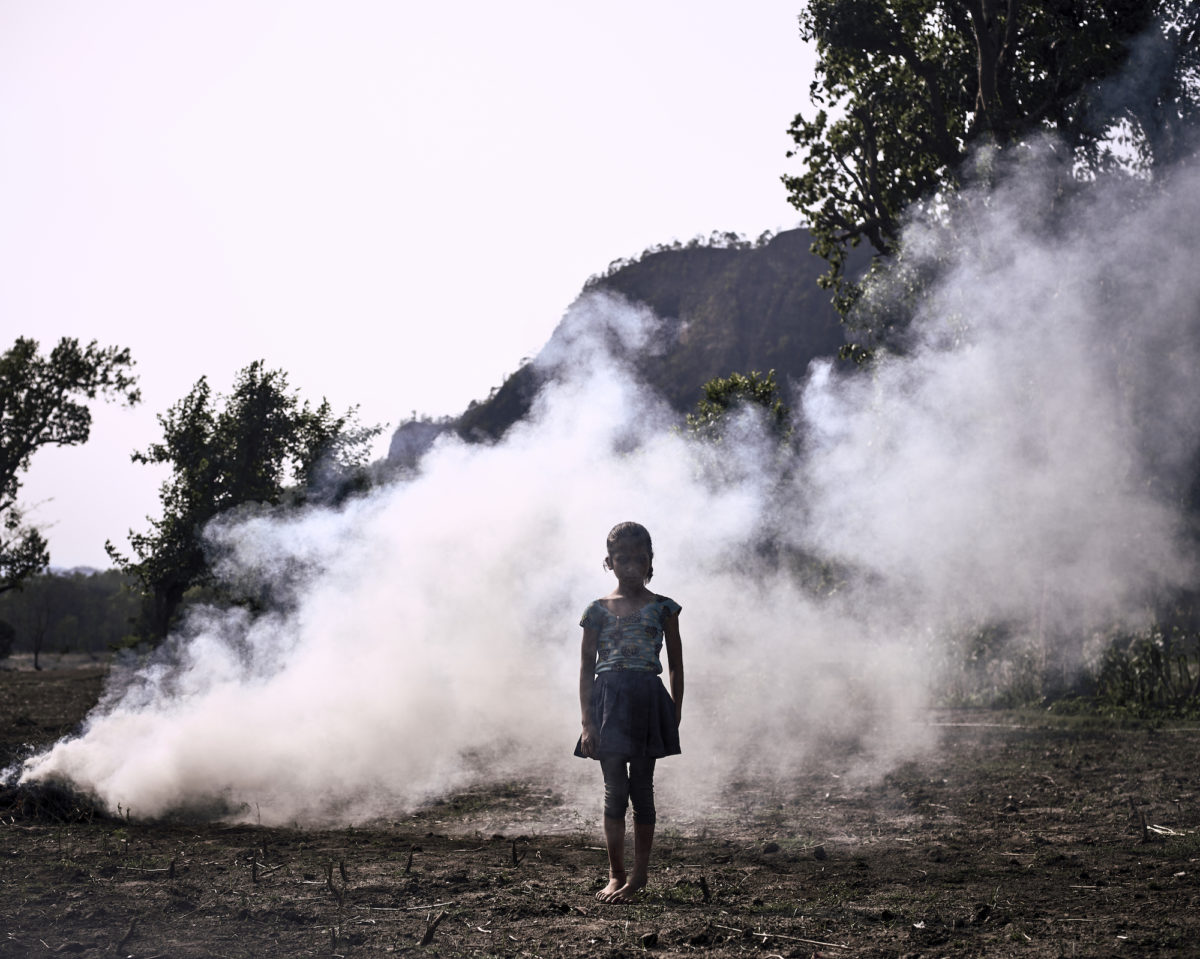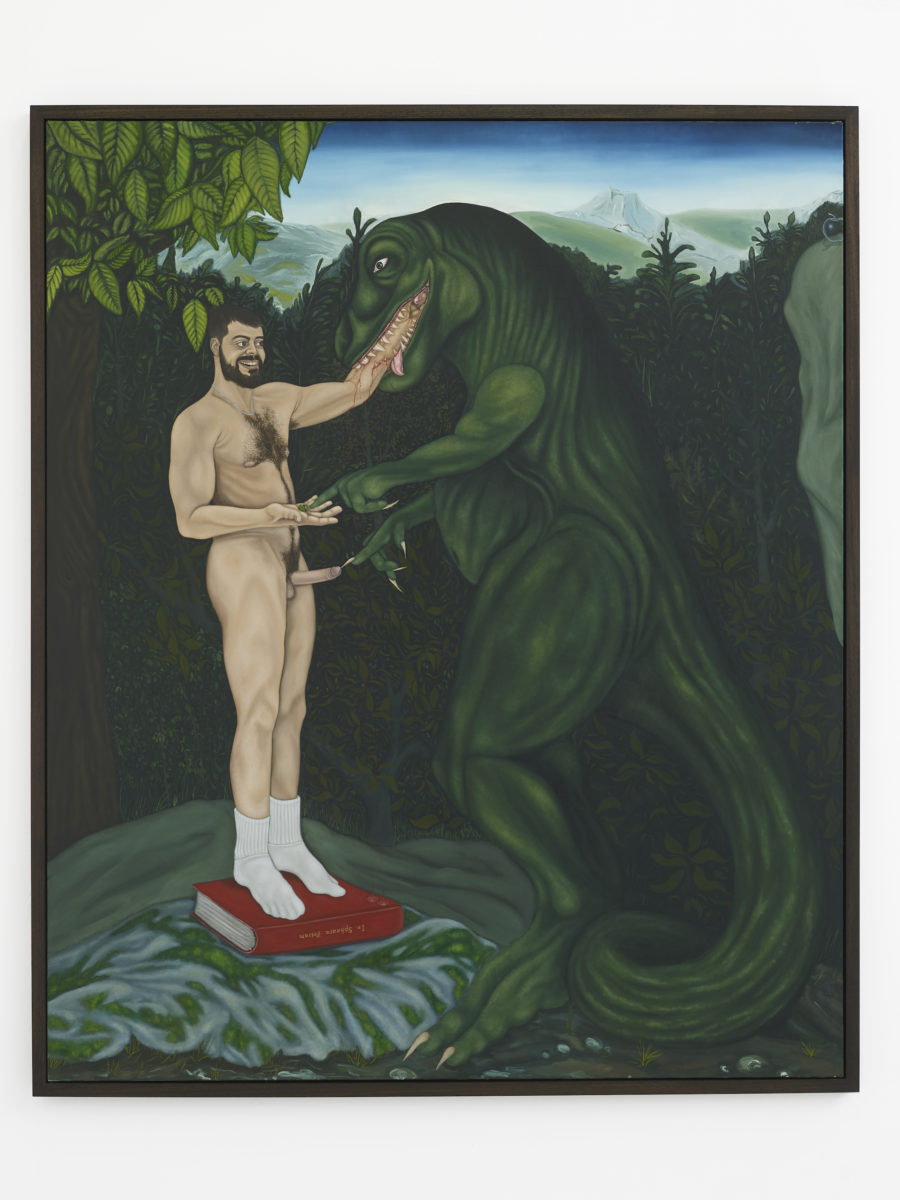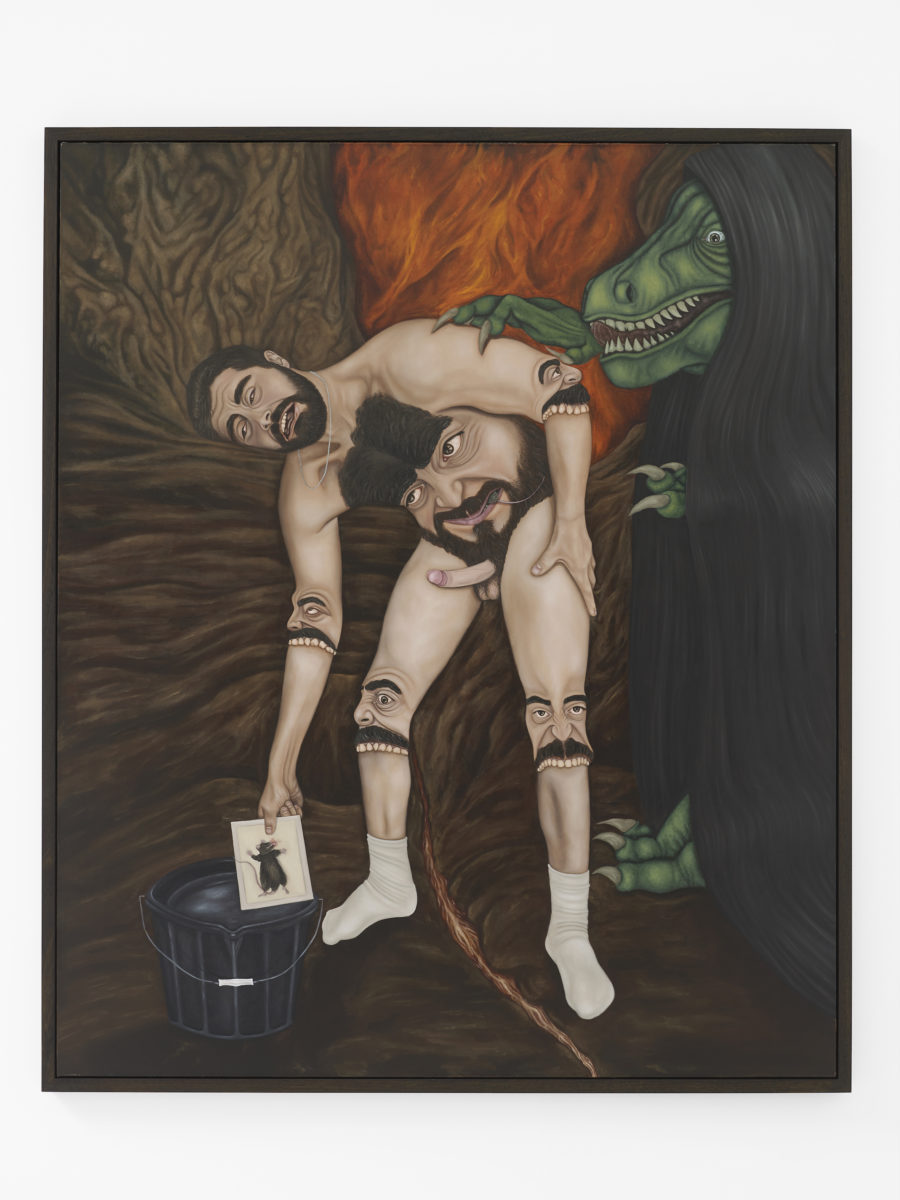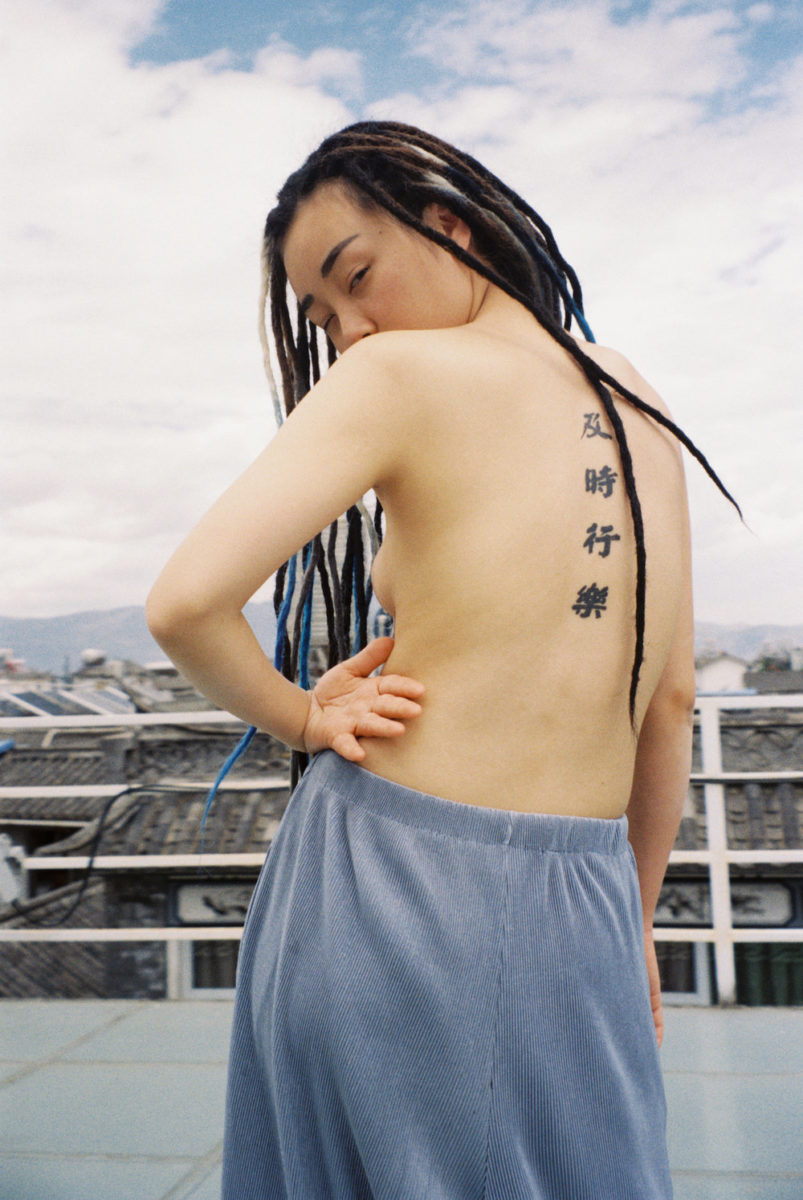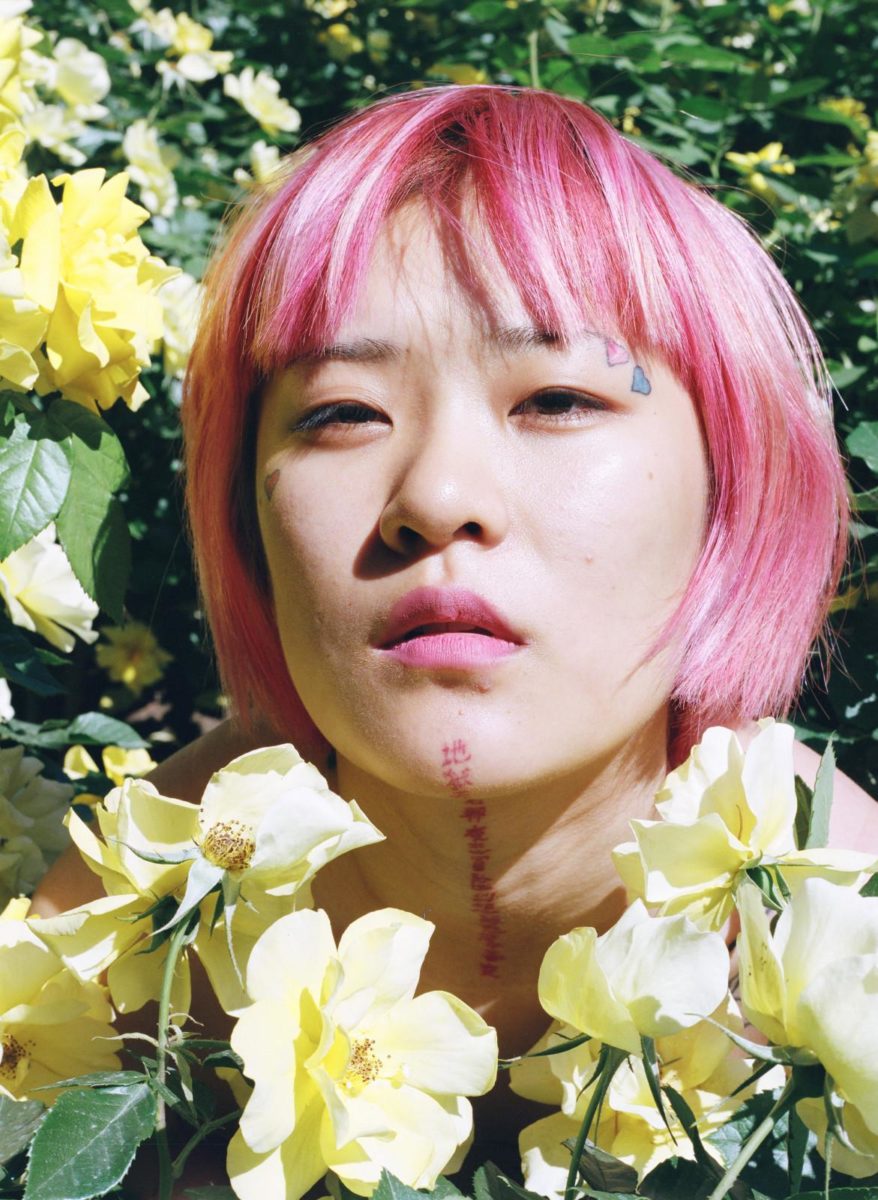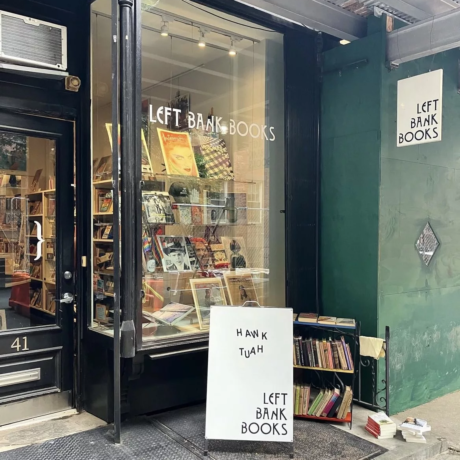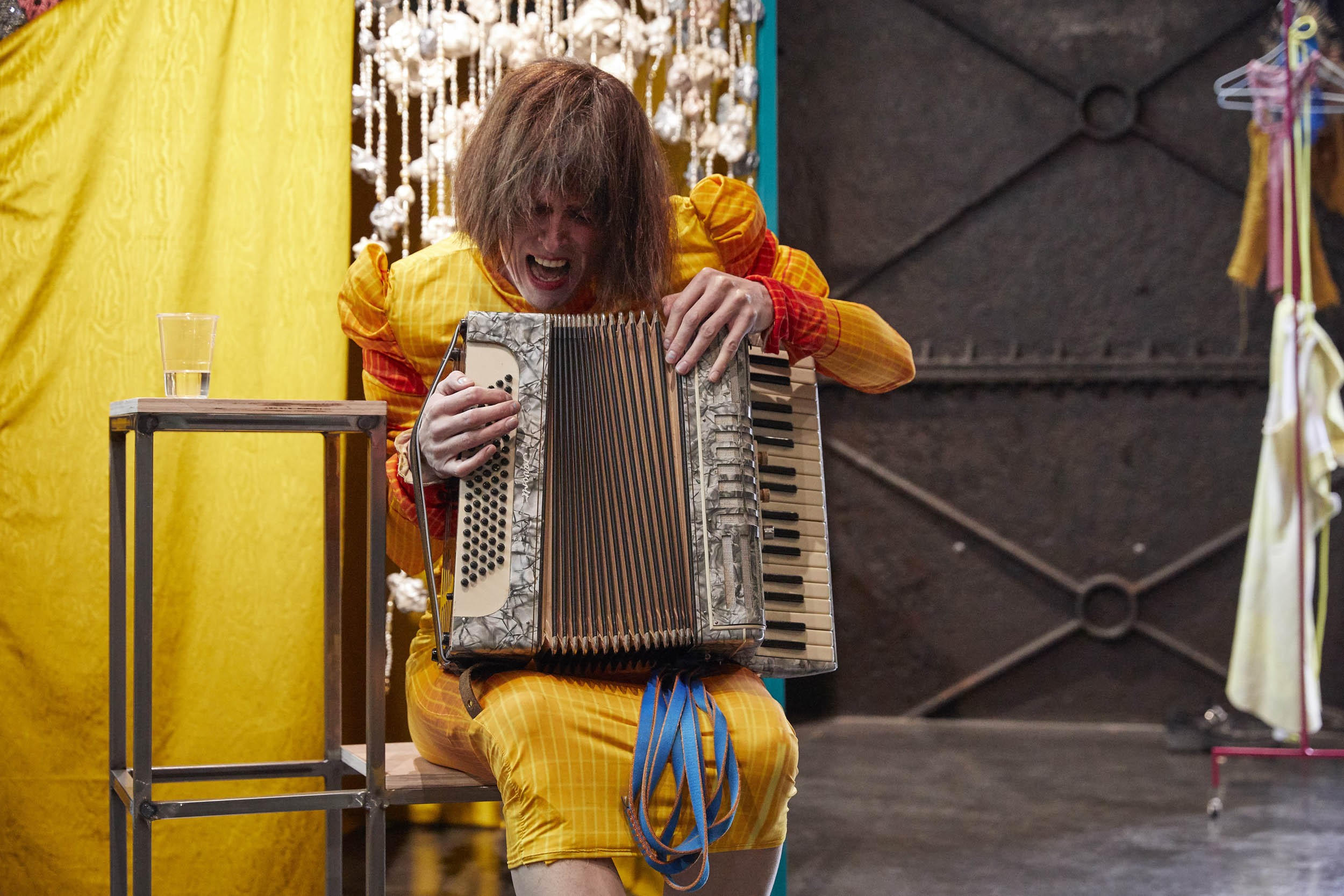
Performance: Adam Christensen
The nuances of social interactions, as well as the highly social construction of the self, are languidly drawn out by Adam Christensen in his theatrical performances, which explore the fluidity of identity and gender. In Criminal Longing 3, a solo exhibition at Almanac in January 2019, Christensen drew upon his own personal experiences to revitalise the everyday as a spectacle in itself, while also exploring love and desire via an alter-ego. A major solo exhibition at Goldsmiths CCA in May 2019 saw Christensen stage a series of exuberant performances, inspired by the legacy of disco culture in 1970s New York, bringing together textiles, costumes and stage set installations. Often interacting with his audience, he sets out to break down the boundaries between fantasy and reality, everyday life and fiction, dreams and domesticity. His unique outlook has not gone unnoticed; he was recently announced as one of the recipients of this year’s Paul Hamlyn Foundation Awards for Artists, worth £60,000, which supports individuals at a timely moment in their careers. (Louise Benson)
Photography: Nathan Beard
Hand gestures, enormous nail extensions and some serious bedazzling all play an important part in Nathan Beard’s interrogation of his dual identity. The Australian artist looks to his family photos, ritual performance, artefacts and the politics of display to consider his relationship to his Thai heritage; the manner in which Thailand has been packaged up and presented to overseas audiences, and what he terms “the emotional entanglements I have towards the gesture as a cultural expression”. Though his work has always used unorthodox forms of mixed media—particularly Swarovski crystals—his recent exhibition at Cool Change Contemporary in Perth utilized experimental forms of display including gigantic hands complete with enormous, surreal nail extensions and elaborately montaged images that present both traditional sculptural gestures and contemporary aesthetics. It’s an exciting new direction that subverts the colonial spectres of museums displays, as well as our own preoccupations with specific cultural signifiers. I cannot wait to see what he has in store for 2020. (Holly Black)
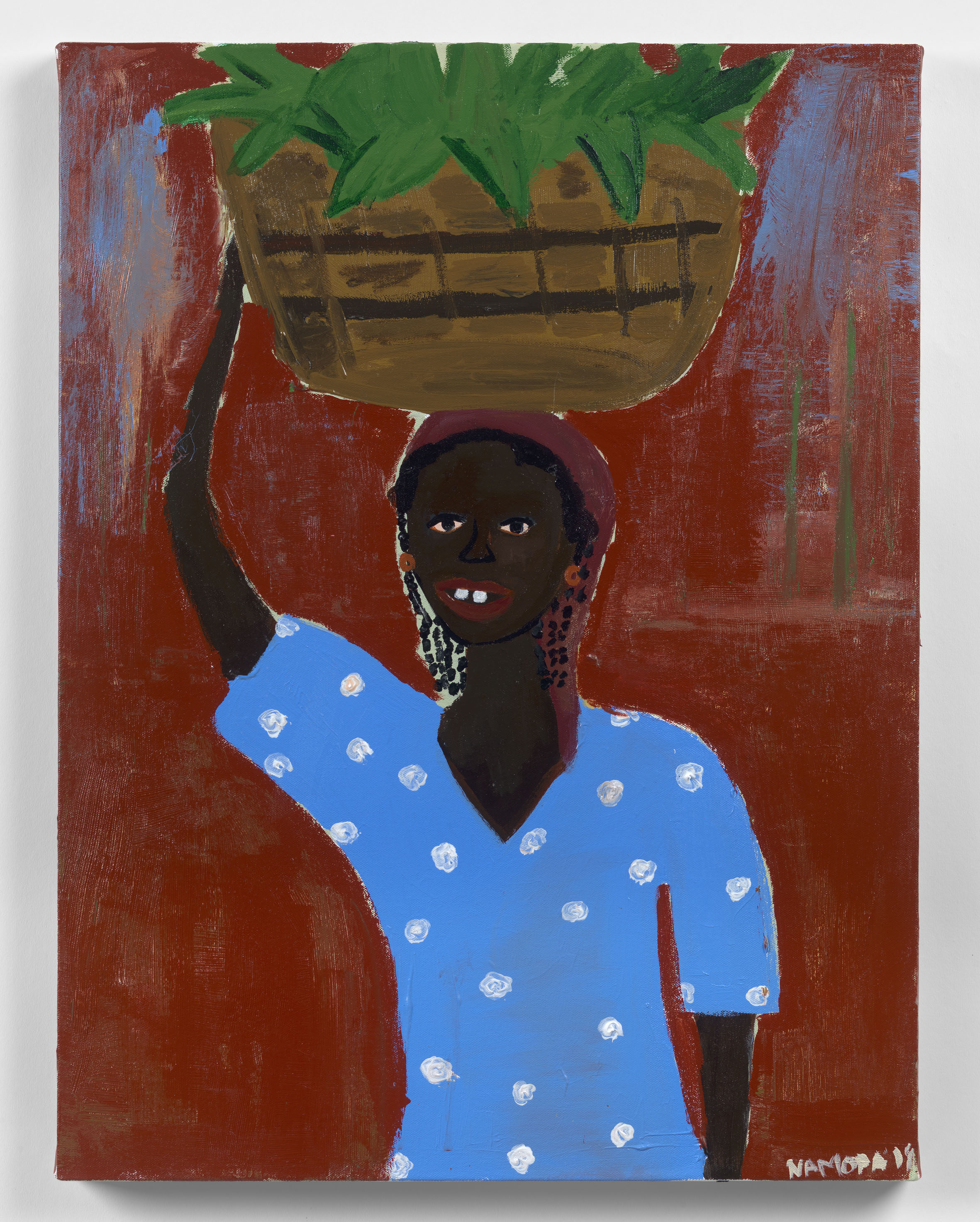
Painting: Cassi Namoda
As art history has continued to be revised in the last ten years, the female gaze has become an undeniable presence in figurative painting, and there has been no shortage of groundbreaking young painters pushing the medium ever more into the present: the 2010s have seen the breakthroughs of artists like Njideka Akunyili Crosby, Toyin Ojih Odutola (whose work comes to the UK for the first time in February 2020), Lina Iris Viktor, Chloe Wise, Joy Labinjo and Robin F Williams, to name drop just a few. One talent you might not yet have heard of is Cassi Namoda, a nomadic, Maputo-born painter whose soft, loose strokes in a warm palette use both historical archive material, literature and personal memories to create a series of compelling characters, romantic and sometimes melancholic. Namoda is yet another young painter bringing her unique life experiences into painting and creating something entirely new from the age-old medium. We can’t wait to see her first London exhibition, opening 24 January at Pippy Houldsworth, where she will be doing a performance with tea leaves harvested from her grandfather’s region with an original colonial tea set, activating some of the histories, personal and collective, that inform her paintings. (Charlotte Jansen)
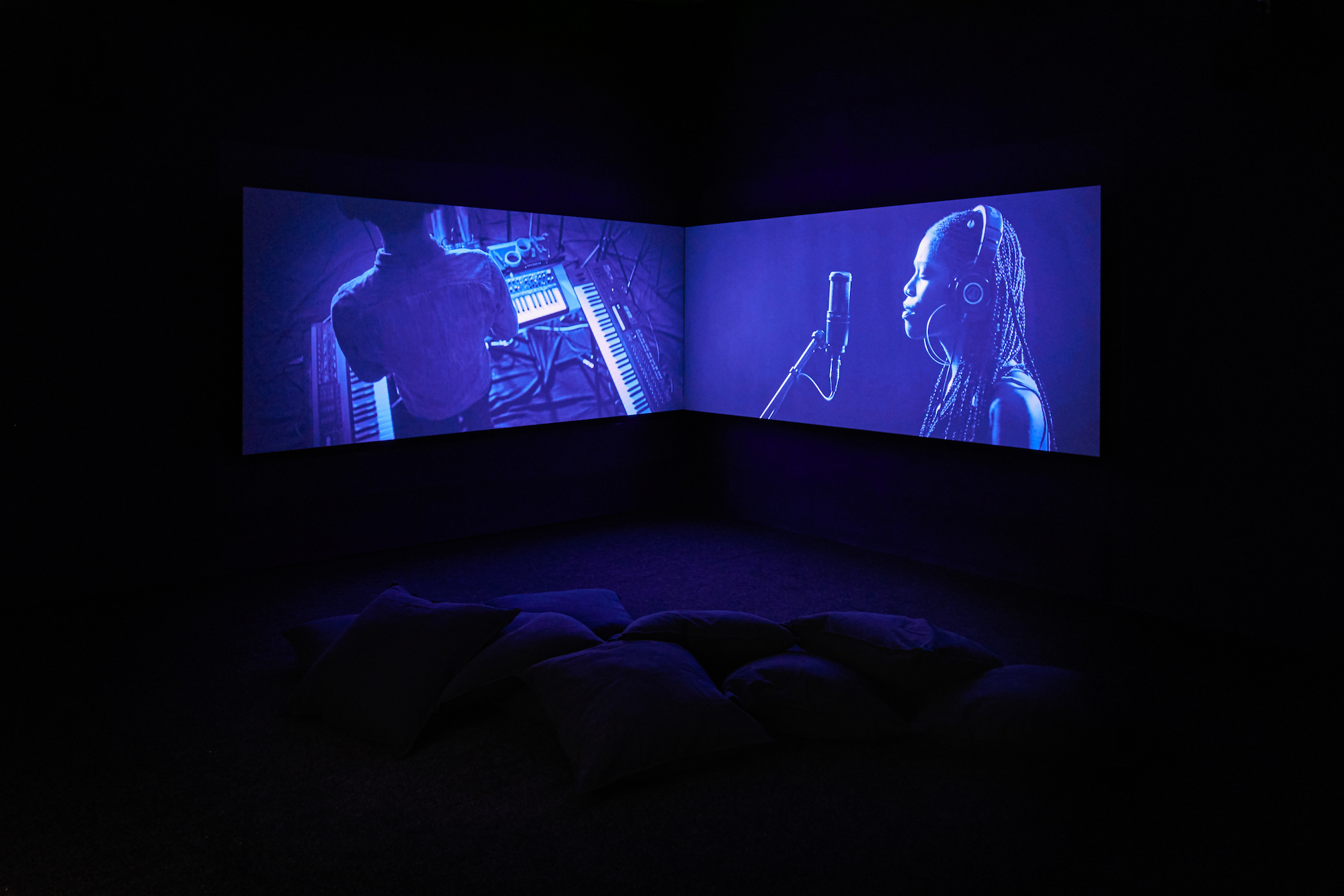
Multidisciplinary: Gabrielle Goliath
“I am always very attentive to the dynamics and politics of site, context and audiences—whether a work is travelling from Johannesburg to Cape Town, or further afield to São Paulo or Munich. And for me it is a given that none of these sites present themselves as homogenous cultural spaces, but are inflected by intersecting experiences and positions of difference”, artist Gabrielle Goliath says. Her deeply emotive, long term performance project, Elegy (awarded the Future Generation Special Prize at Venice in 2019) is one example: located within the specifics of rape culture in South Africa, it also relates unwaveringly to systemic patriarchal, gender-based violence around the world. Goliath was also the recipient of the 2019 Standard Bank Young Artist Award for Visual Art, and exhibited at Goodman Gallery’s inaugural exhibition in October with a text excerpt from a new body of work, I’ve Grown Roses in This Garden of Mine. Expect much more from this astonishing artist in the years to come. (Charlotte Jansen)
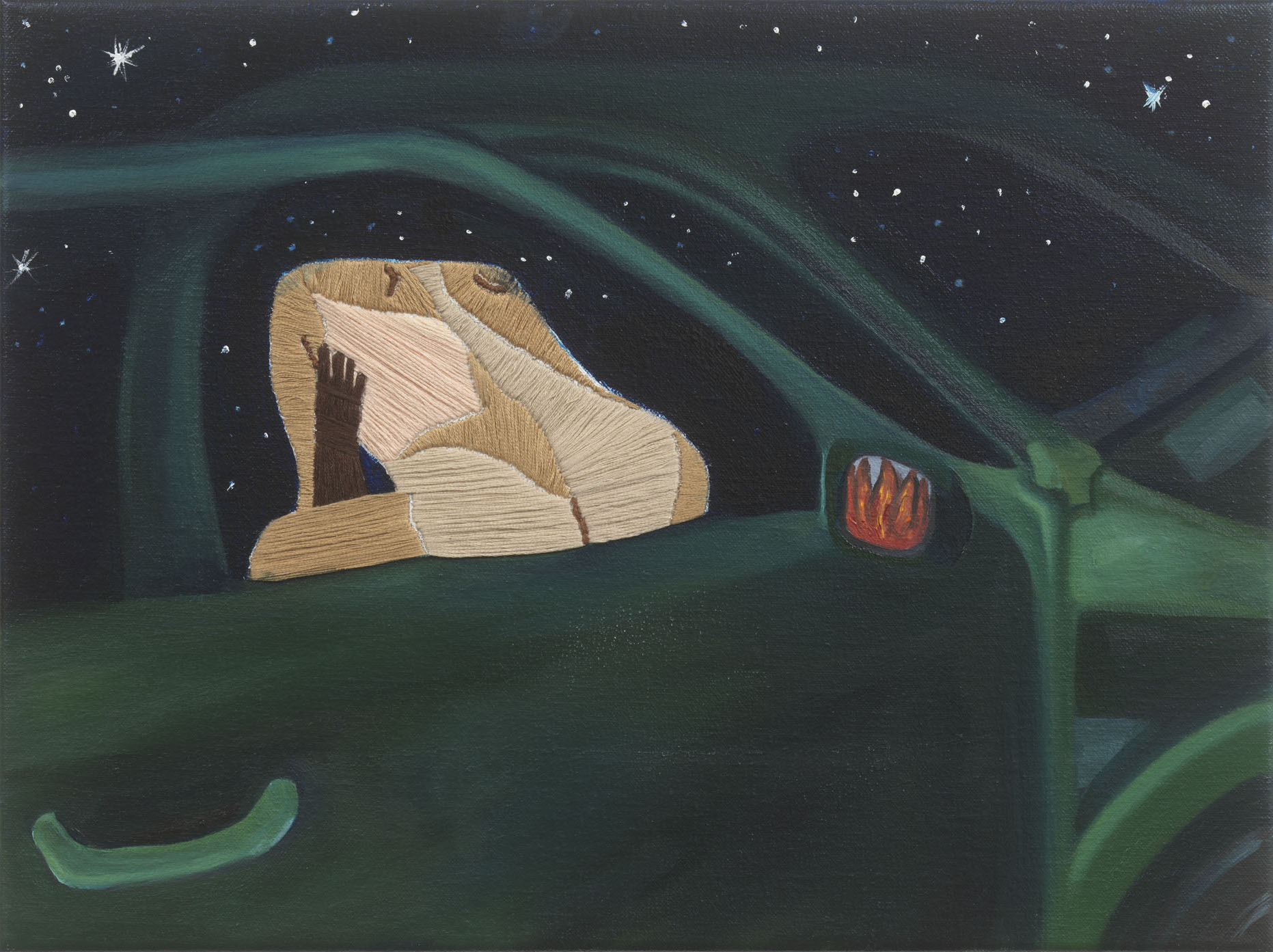
Painting: Frieda Toranzo Jaeger
The car has been a site of creative production—and destruction—for artists throughout the last century. From William Eggleston’s iconic colour photographs of classic automobiles to JG Ballard’s 1973 novel Crash, it has come to represent the fantasy of the open road, and the freedom that comes with it. Berlin-based Frieda Toranzo Jaeger explores the car as a symbol of sexuality, reclaiming it from the archetypal masculine realm to become something that is intimate, private and sensual. Her embroidered paintings unpack the geometry of the car, reimagining the vehicle as a series of shapes to be folded and unfolded. Her subject matter evokes everything from new technology to teenage make-out sessions, and has led to an exceptionally busy year for the Mexican-born artist. In 2019 she presented solo shows at Barbara Weiss in Berlin and Arcadia Missa in London, and was included in a seminal group exhibition that paid tribute to the Chicago artist Christina Ramberg at Berlin’s KW Institute. Take note: you’ll be sure to see more of her strange, sexy, hybridized imagery in 2020. (Louise Benson)
Painting/Performance: Donna Huanca
It was impossible not to be taken aback by Donna Huanca’s ambitious installation at the TRANSFORMER exhibition in London, which opened this autumn. Combining canvas, sculpture and live models, she created a form of living, breathing art that felt both intensely bodily and also strangely alien—on a massive scale. Her work doesn’t fit into a neat category of abstraction, figuration or performance, instead it brings everything together in a joyous amalgam that places the female body front and centre, not merely as a muse, but as an essential component of the practice. Huanca’s work feels vital at a time when both the art historical and contemporary canon are being deconstructed, not to mention wider attitudes towards our relationship to human bodies. In a recent interview with Elephant, Huanca explained that she uses the body and skin as a visual language, adding that “there is nothing more familiar, or abstract, to me than my own body.” (Holly Black)
- Left: Anthony White, Distraction Techniques, 2019. Right: Anthony White, Lime-Lite, 2019. Both courtesy PUBLIC Gallery
Painting: Anthony White
Encountering Seattle-based artist
Anthony White’s work is like looking at a strange jumble of nostalgia, the trappings of youthful faux-decadence and consumerist guilt: the Spice Girls, a half-empty bottle of Jack Daniels, that glittery Von Dutch baseball cap Paris Hilton was so enamoured with, Pokemon cards, Tamagotchis, a My Little Pony… the whole shebang smacks of the gaudiness of growing up somewhere around the early 2000s, which is no bad thing. His maximal still life paintings look to “question the contemporary icons we attach to ourselves to help shape and broadcast our desired identity,” according to Public Gallery, which is showing his work in White’s debut UK exhibition, titled Black Friday. “By situating both mass-market and extravagant luxury items alongside one another White disrupts the prescribed hierarchies of society, status, and wealth employed in so much of contemporary culture’s presentation of lifestyle identity.” Black Friday runs until 1 February. (Emily Gosling)
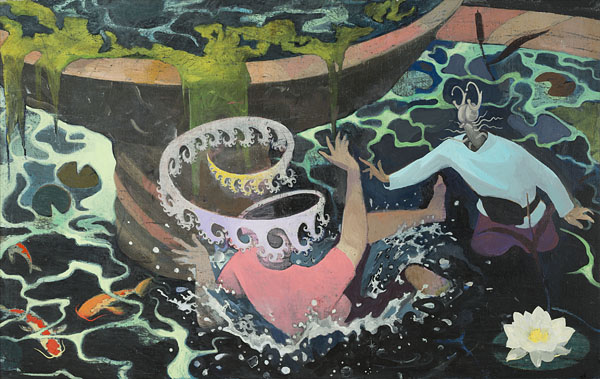
Painting: Hortensia Mi Kafchin
Hortensia Mi Kafchin is a powerful painter who channels her own personal experiences into works that are both dreamy and brutal in equal measure. The Romanian artist moved to Berlin a few years ago, where she was finally able to live her truth, as a woman. A recent body of works explore the psychological experience of transitioning, and she has been particularly inspired the change in colour palette that she was drawn to after taking new hormones. Her paintings are lusciously coloured, and full of details that require in-depth studying to puzzle together. One work shows a small figure at the bottom of a mountain—the first woman to climb Everest, who in later years came out as trans. Her newer works move on from the moment of transitioning and explore her life now. Her paintings are life affirming and intimate, and the artist invites the viewer on a journey that has been kept back from the public forum for many years. Next spring, we are delighted to host Kafchin’s first UK solo show at Elephant West. Watch this space for more details. (Emily Steer)
Photography: Hideka Tonomura
Japanese photographer Hideka Tonomura first came to my attention via her erotic, fevered images presented at the Daiwa Foundation, and more recently in her carefully crafted photobook Die of Love. Both projects capture the pulsating energy of Tokyo as well as throbbing carnal desire, and place the viewer as some sort of lascivious voyeur. Tonomura is able to harness sexual tension and present ideas that some might find uncomfortable while still remaining powerfully alluring. 2019 saw the photographer embark on a new project, following the news that she had contracted cervical cancer. Her ensuing portrait series Shining Woman Project steps away from stylistic experimentation, and instead focuses on showing the raw beauty and vulnerability of fellow sufferers, who lay bare their scars. While these images might look different, Tonomura’s quest to uncover the more hidden aspects of female sexuality and power remains prevalent. (Holly Black)
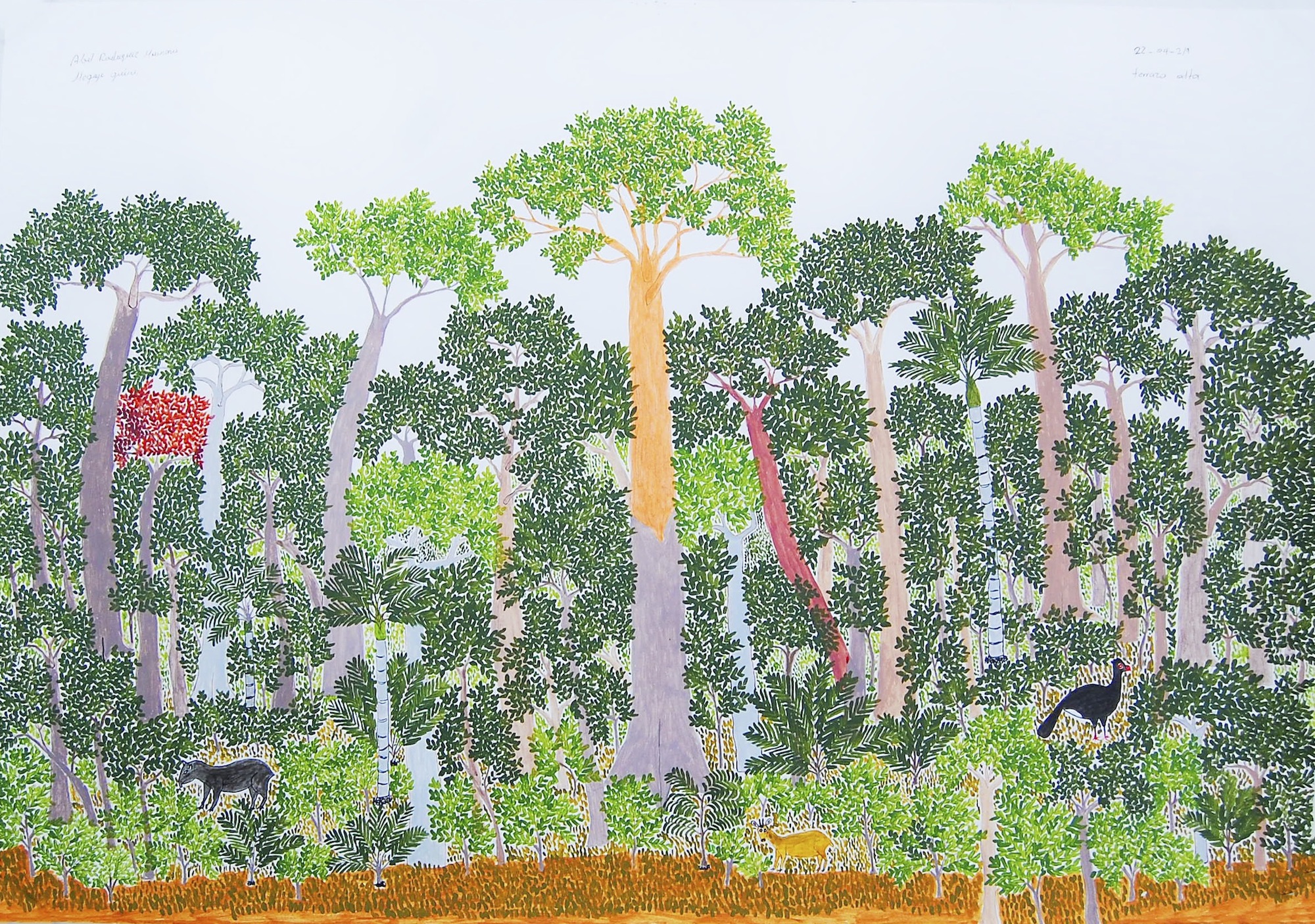
Painting/Drawing: Abel Rodríguez
Baltic Gateshead had a barnstorming 2019, closing off the year with solo shows from feminist icon Judy Chicago and newcomer Joy Labinjo, and a meaty (excuse the pun) group exhibition focused on animals. This year looks to be just as exciting, and one to keep an eye on from the programme is Abel Rodríguez (Mogaje Guihu)—opening a solo show this March. The artist is an elder from the Nonuya ethnic group, which is native to the Cahuinarí river in the Colombian Amazon. His highly detailed paintings and drawings depict thick tangles of the many indigenous plants that grow in the Nonuya region—punctuated by birds and small beasts. Rodríguez’s work is informed by his thorough botanical knowledge of these plant species; knowledge which has aided the work of professional botanists around the globe. At a time when the natural world is more under strain than ever, these pieces are a celebration and exploration of a diverse and thriving ecosystem, and a dire warning of what could be lost over the coming years. (Emily Steer)
Performance: Lewis G Burton
London based DJ, performance artist and activist Lewis G. Burton is the no holds-barred, nipples out, identity-redefining powerhouse behind performance art platform and queer techno rave Inferno, a community-focused space to platform and champion emerging queer, trans, non-binary and femme identifying DJs. Since its inception, the platform has evolved into other avenues such as seminars exploring the intersections between performance art, nightlife, music and queerness. While they’ve been a staple on the queer art scene for years, performing at institutions such as Barbican, ICA and Tate Modern, 2019 saw them release their debut EP Pain Relief, as well as producing the SHOWstudio-commissioned performance piece titled I’m Afraid of Men Like You. 2020 looks set to be even busier: Burton is kicking it off with what looks to be a belter of a night on 31 January at the ICA. Burton’s also organising London Trans+ Pride 2020 with activist Lucia Blake, as well as continuing their work as a member of collective Pxssy Palace. Get some sleep, yeah? (Emily Gosling)
- Left: Shallow Night, 2018. Right: We Used to Be Fish, 2019. Both courtesy Perrotin, photographs by Guillaume Ziccarelli
Painting: Gahee Park
Gahee Park’s paintings are very funny, filled with semi-awkward nudity, gorgeously rendered foodstuffs and lots of cats. In one work, a woman’s breasts flop upon a loaded dinner table that she is holding up in mid-air, while her partner seductively approaches her mouth with a chicken drumstick. In another, a woman peers seriously through a slatted blind, her erect nipples perfectly framed through one of the openings. The Korean artist closed 2019 with a show at Perrotin gallery in Seoul, which explored the importance of human touch in the digital age. Expect much more from her in 2020. (Emily Steer)
Photography: Mohamed Bourouissa
Chances are you’ve already come across Mohamed Bourouissa’s works: he has shown them at various museums across Europe and belongs to collection held at LACMA, the Stedelijk Museum, the Centre Pompidou, the Philadelphia Museum of Art, Istanbul Modern and the Maison Européenne de la Photographie in Paris, among others. But Bourouissa is still relatively unknown—and perhaps he likes it better this way, since his way of working means immersing himself fully in the worlds of whatever, or whoever, he is photographing, whether it’s suburban communities in Paris or stables for abandoned horses. Complexity is an essential part of Bourouissa’s work as a photographer, denying us the chance to easily interpret and move on; he is as concerned with interrogating the observer as he is with what it means to exist on the margins of society. Bourouissa has also pioneered new approaches to presenting photography, printing on panels, creating wall-sized installations and even building a community garden in Liverpool in 2018. Bourouissa’s influence and innovation will only widen in the 2020s. (Charlotte Jansen)
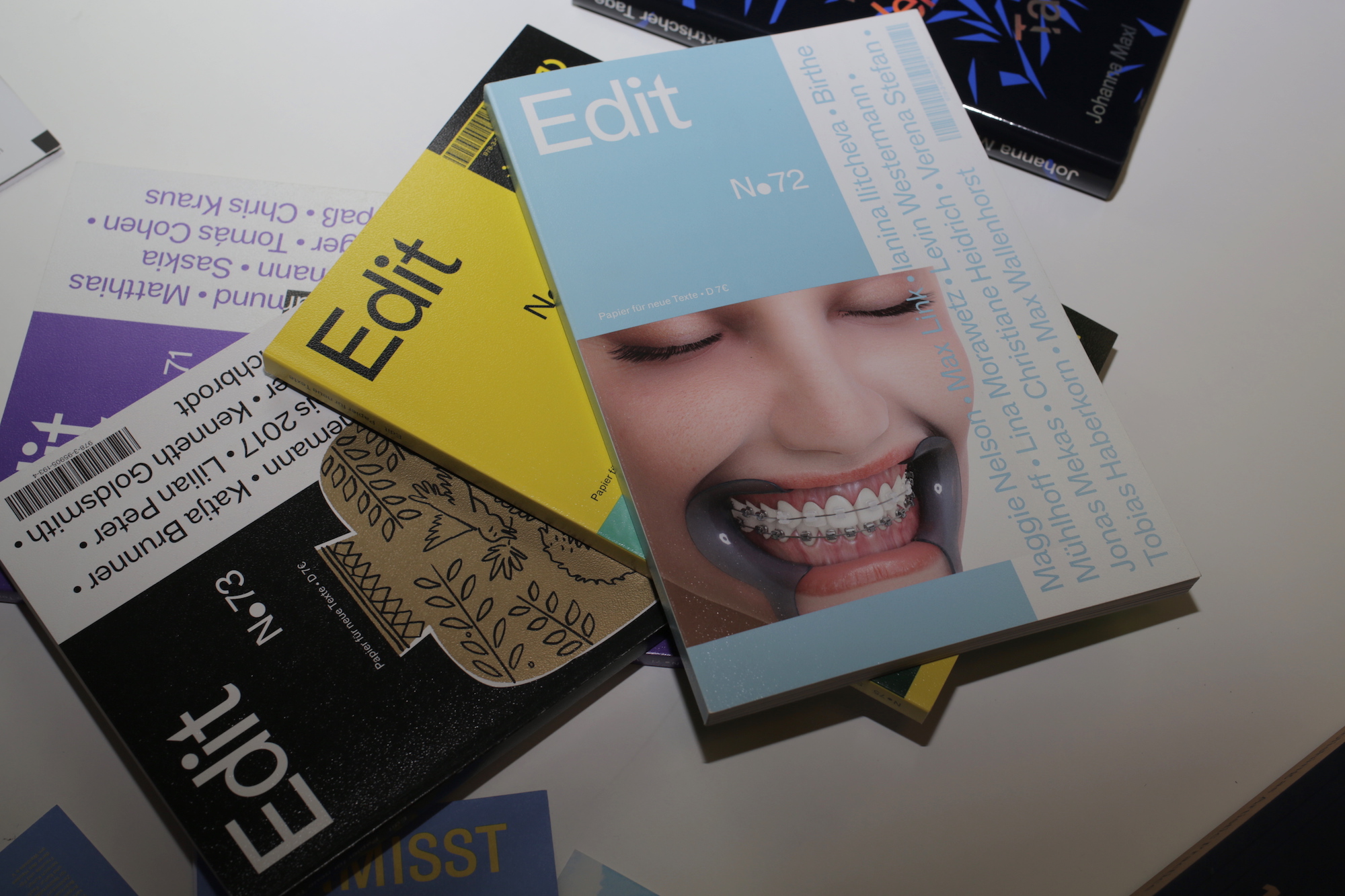
Graphic Design: Studio Pandan
I’m a longtime fan of Berlin-based graphic design duo Studio Pandan, which stands out a mile for its conceptually focused, thoughtful but always slightly playful work. Started by Pia Christmann and Ann Richter, the studio’s work merges a rigorous and technical aptitude with using typography with bold colours, smart use of pattern and layout, and an approach to research and idea-generation that feels more aligned to the fine art world than client-led graphic design projects. Since founding in 2015 the studio’s gone from strength to strength, and we reckon its half-decade birthday in 2020 will continue apace. Don’t miss our recent Studio Visit with the pair. (Emily Gosling)
VR: Poulomi Basu
Poulomi Basu’s career to date has been upside down: she’s already changed laws in Nepal with her harrowing, intimate VR film and photo project, Blood Speaks, which documents the way women are treated when they bleed, but she is only just gaining recognition for her achievements in the art world. Political activism and art are united in Basu’s work, which chimes with the urgency of our times. For Blood Speaks she filmed a sixteen year-old-girl forced into exile in a tiny hut, due to her postpartum bleeding, alone with her newborn baby. In 2020, Basu releases her first book, a documentary-fiction that journeys deep into the forests of central India where a conflict between the indigenous tribal people and the Indian state slowly simmers. She is also working on a graphic novel and VR Tilt Brush Animation work about the birth of menstruating superhero who gets special superpowers while on her period. A further project sees the artist working with her mother addressing the domestic abuse they both survived and how their mother-daughter bond has been shaped by the violence they suffered at home. If Blood Speaks is anything to go by, will be a visceral, gut-wrenching game changer. (Charlotte Jansen)
Painting: Glen Pudvine
Glen Pudvine‘s absurdist, confrontational work has been described as the death of art. Bleak times, with the threat of environmental collapse and populist politics never far out of sight, undeniably took their toll on the art world last year. Monstrous times call for monstrous subjects, and artists duly delivered in 2019. Sadie Coles presented group exhibition My Head Is a Haunted House, curated by Charlie Fox; meanwhile, Fox’s book This Young Monster (published by Fitzcarraldo Editions) was the inspiration for another group show, Young Monsters, curated by Marcelle Joseph. The latter included Pudvine, an artist who had only graduated from the RA Schools a few months earlier. Pudvine’s enduring subject is himself, taking a fresh look at self-portraiture in the age of self-obsession; as he quipped in a recent interview with Elephant, “The self-portrait originally felt like a way of exposing my total ‘normal-ness’. I didn’t have anything to bring to the table.” Expect a demented dinosaur, lots of nudity and a recurring pair of fresh white socks. (Louise Benson)

Installation: Steve Bishop
Steve Bishop’s deadpan humour is entirely fitting considering the depressive cloud that has consumed 2019. The London-based, Toronto-born artist uses found objects to build scenarios that speak to the banality of contemporary existence, while maintaining a dark absurdity. At this year’s Frieze London, he presented Thank You with Carlos Ishikawa. This unnerving installation/sculpture consisted of a large cake emblazoned with icing that read “Happy New Year”, cut up and half-eaten as if it had just been semi-consumed at an office party. It was accompanied by Subscribers (‘81-83), which features the seemingly discarded remnants of a devoured slice, on top of several old periodicals. Together they manage to evoke a sense of tepid anxiety, not least because one could easily mistake the works for actual celebratory snacks. Cattelan’s banana be damned, this was the edible artwork to look out for this fair season—it’s just a shame it is all made out of plastic. (Holly Black)
Photography: Luo Yang
Luo Yang was first hailed as a bright young star by Ai Weiwei back in 2012 for her distinctive portraits of youth in China. Since then, her unflinching photographs of young women in Beijing and Shanghai have garnered new audiences, drawing accolades from across the globe. Her subjects are unapologetic, smoking, shaving their heads or pouting for the camera with smeared lipstick mouths, and offer an alternative insight to a country often characterized as repressed or tightly controlled. Yang questions the role of women and the notion of femininity in China; her ongoing photographic project is titled GIRLS, and explores the expectations and contradictions placed on young women within a patriarchal society. In 2019, she won the Jimei x Arles Women Photographers Award with her latest project, titled Youth, and presented solo exhibitions in both Paris and Berlin. (Louise Benson)

Illustration/Comics: Sarah Lippett
Artist, graphic novelist, musician, and all-round superdude Sarah Lippett has garnered herself a reputation for thoughtful, humorous and touching approaches to graphic novels; illustrating the very personal in charming, compelling ways that don’t shy away from darker times. In 2019 she published A Puff of Smoke, which was named one of The Guardian’s Graphic Novels of the Year. The book, published by Jonathan Cape, deals with Lippett’s very personal story of living with rare diseases, which have plagued her since childhood but were never properly diagnosed until she was about eighteen. As a child, she suffered terrible headaches and strange numbness and began dragging one of her legs. The experience left her feeling isolated, and left numerous doctors utterly bewildered as to what was causing her symptoms. Her work has just got better and better, and it’s great to see her finally getting the widespread acclaim she deserves—I’m more than excited to see what she gets up to in 2020. (Emily Gosling)
